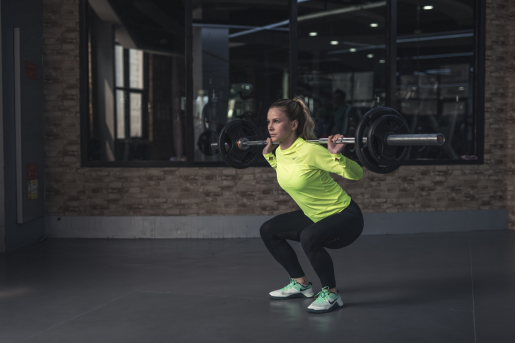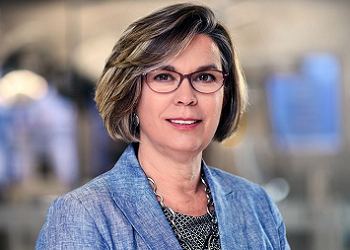Rotator cuff tears: What you need to know
Whether you’re a professional athlete or weekend warrior, injuries are bound to happen – including injuries that involve the shoulder.
In fact, rotator cuff tears are a common shoulder injury. They can occur during activities such as baseball, swimming, heavy weight lifting, contact and collision sports, or any other strenuous upper-extremity activity including falls or trauma.
But what is the rotator cuff exactly?
The rotator cuff consists of a group of four muscle-tendon units that work together to hold the ball part of the arm bone centered in the socket of the shoulder, while your power muscles (such as the deltoid and pectoralis major) lever the arm bone to create movement.
For any complex motion that you execute, the muscles and tendons that make up the rotator cuff have to coordinate and balance to create smooth movement. Injuries most commonly occur when the tendons tear away from the bone.
“Tendons are like fabric – think of the fabric over the knee in a pair of blue jeans,” said Dr. Theodore Shybut, an orthopedic surgeon at Baylor College of Medicine. “If fabric catches or rubs on something, it can fray or tear apart. One thread can unravel and then gradually tear more over time, or the fabric can tear apart traumatically in a single blow. The same is true for the rotator cuff.”
Symptoms
Common symptoms of a rotator cuff tear include:
- Pain with activities, particularly overhead lifting or lifting weights
- Night pain
- Pain that moves from the shoulder down the arm to the deltoid muscle
- Weakness
- Pseudo-paralysis (not being able to lift the arm)
Tears can be traumatic or degenerative, or a traumatic tear can occur through an area of degeneration or thinning. “We know that the more birthdays you have increases the incidence of rotator cuff tear,” he said.
Diagnosis, treatment and recovery
A physician can often diagnose a rotator cuff injury with a thorough physical examination. Advanced imaging such as an MRI scan or ultrasound can usually confirm the extent of the tear and aid in planning for surgery.
In the short term, physical therapy helps about 75% of individuals symptomatically improve. However, research shows that tears do not heal and do enlarge over time. In addition, rotator cuff muscles atrophy when their tendon is torn, and this atrophy does not reverse, so full-thickness tears often require surgical repair.
Historically, tears were treated with open repairs, but the standard of care is now arthroscopic surgery, which is a minimally invasive approach.
Postsurgical outcomes continue to improve, with return to function and recent studies showing lower re-tear rates. In the past, rehab focused on early motion to prevent stiffness. Now, progressions in rehab are slower in order to promote better healing.
New treatments on the horizon?
A newer treatment option for rotator cuff tears is the collagen patch implant, which the surgeon applies over the site of the tear. The patch takes up strain on the rotator cuff to allow the underlying rotator cuff tissue to heal. Another way to augment repairs is through the use of dermal allograft — a patch of donor tissue from the strength layer of the skin.
There is some evidence to show that orthobiologic therapies, such as bone marrow concentrate or platelet rich plasma, may help with the healing response in rotator cuff repair surgery. Shybut hopes that additional research in this area can provide more data.
“Improving the biology of healing is the frontier in rotator cuff repair,” he said.
Prevention
Shybut recommends a regular conditioning program for those who do repetitive stress and overhead activities. He shares these tips for conditioning:
- Strengthening the abdominal muscles, trunk, legs, thighs, hips and lumbar spine
- Using light weights and resistance bands to perform a regular routine of rotator cuff and scapula stabilizer exercises is helpful. Major League Baseball pitchers do this daily, often for 15+ minutes nonstop with perfect form
- Athletes involved in contact or collision sports can also benefit from bands, light weights, low rows, etc. to help optimize shoulder stability
Additional resources on sport-specific injury prevention are available through the American Orthopaedic Society for Sports Medicine.
If you do sustain a shoulder injury, however, it’s always best to see a board-certified orthopedic sports medicine specialist for expert treatment recommendations.
Dr. Shybut is an associate professor in the Joseph Barnhart Department of Orthopedic Surgery at Baylor. Learn more about Baylor Sports Medicine.
-By Dipali Pathak




